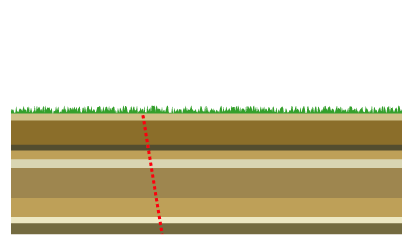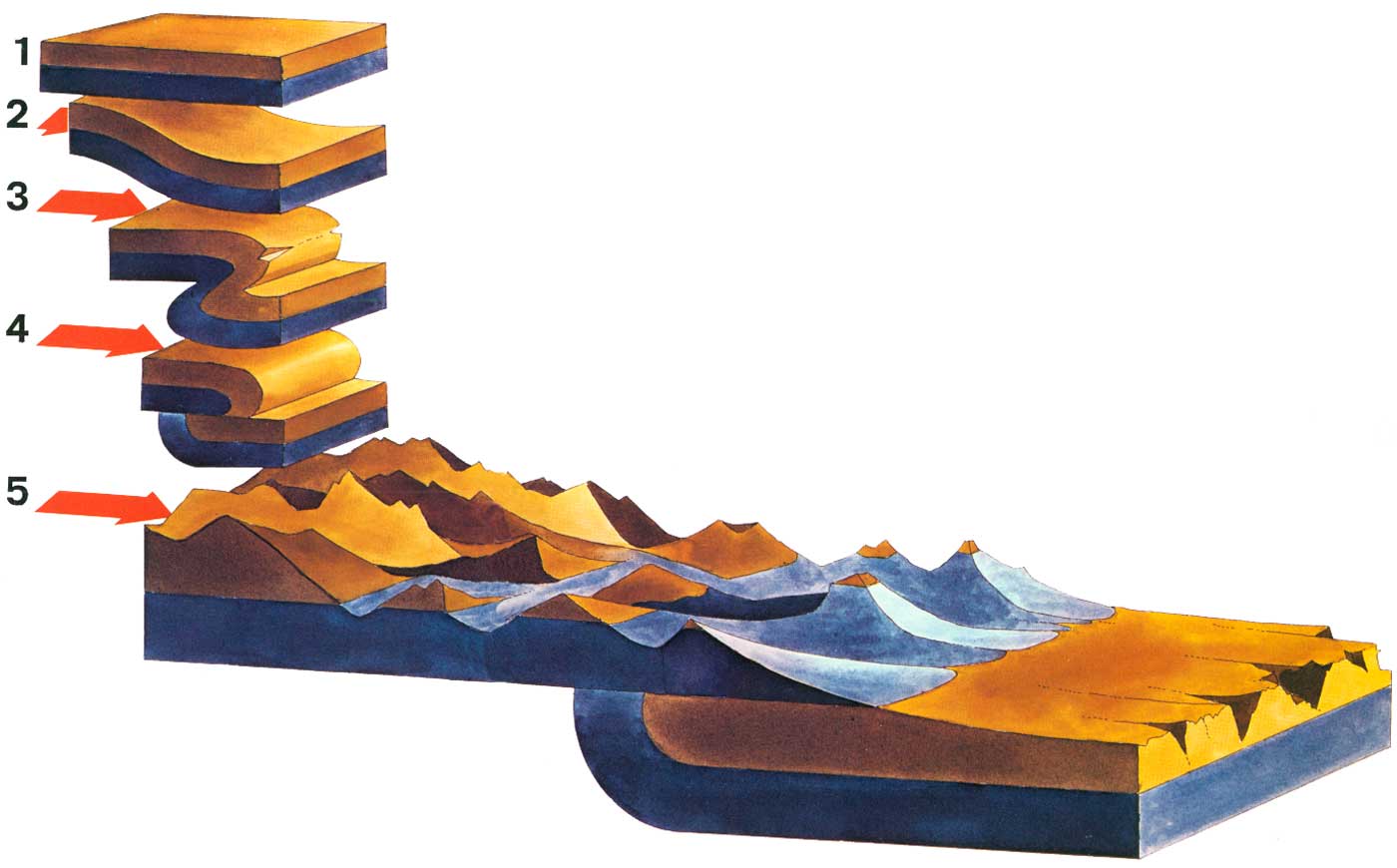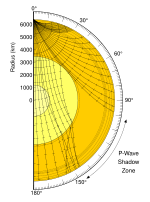The Earth's Crust
(
http://easyscienceforkids.com/wp-content/uploads/2014/03/Science-for-Kids-Website-All-about-Earths-Crust-Layers-of-the-Earth-image.jpg)
The crust is the outermost shell of Earth. It is the thinnest layer and contains more incompatible materials than all the other mantles. The crust is formed through various igneous processes that remain similar for other planets as well.
Earth's crust consists of a variety of igneous, metamorphic, and sedimentary rocks. The boundary that separates the crust and mantle is called the
Mohorovičić discontinuity. This boundary is determined by seismic velocity and mostly contains Peridotite which is denser than the rocks normally found in the crust. It is also worth noting that Earth's crust makes up less than 1% of Earth's volume.
- Oceanic Crust: 5-10 km thick, Basalt, Diabase, Gabbro
- Continental Crust: 30-50 km thick, Granite and other less dense rocks
Both of these types of crusts float on the mantle. The Continental Crust has a slightly lower density than the Oceanic Crust giving it a higher relative elevation. This means that water will flow off of Continental Crusts and collect in Oceanic Crusts.
The Mantle
The mantle is the layer between the core and the crust. It makes up about 84% of Earth's volume. The mantle is a silicate rocky shell that has an average thickness of approximately 2886 km. It is essentially a solid, but in geological time the mantle behaves like a viscous fluid. Dunite is very commonly found in the mantle, but can't be found in the crust, with the exception of a volcano eruption. Dunite will be found mixed with the lava.
The Core of it All
The Earth's core is divided into two main parts. The inner core and outer core. The inner core is solid and has a radius of about 1220 km. The outer core is liquid and has a radius of 3400 km. The inner core was discovered by Inge Lehmann in the year 1936. Generally, the primary composition of the inner core is believed to be iron and nickel. The core isn't exactly a solid, but it does retain some essence of being a solid since it can deflect seismic waves. A lot isn't yet understood regarding the Earth's core, since the only evidence we have is seismic wave frequencies.










